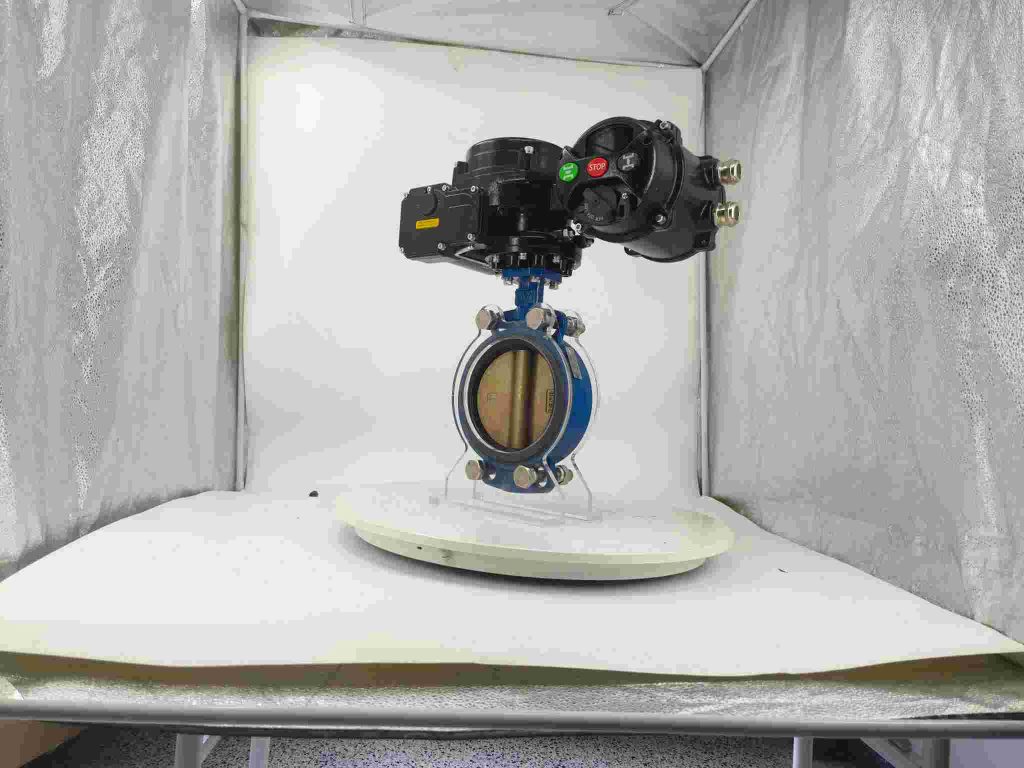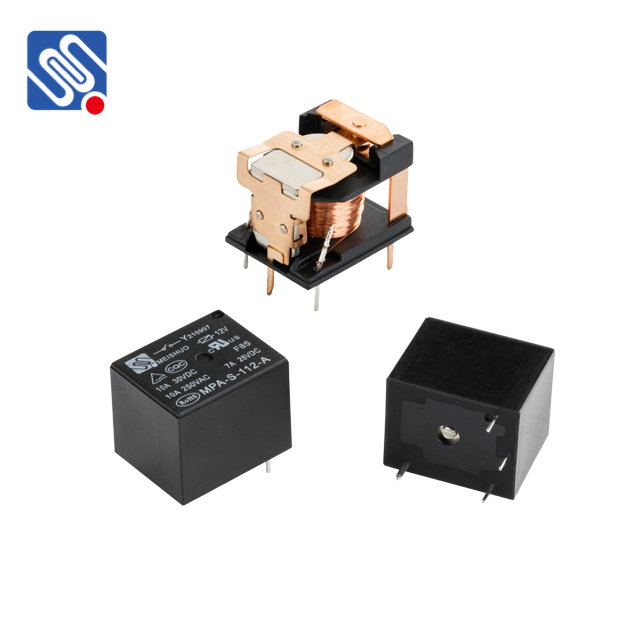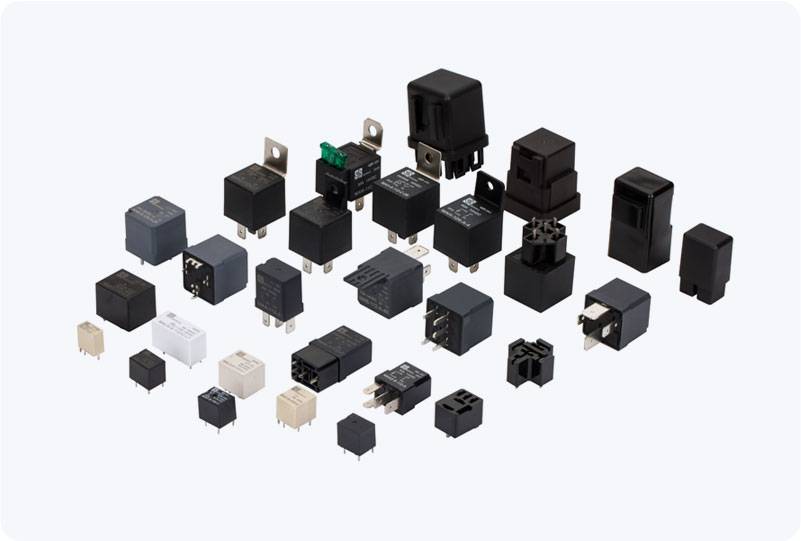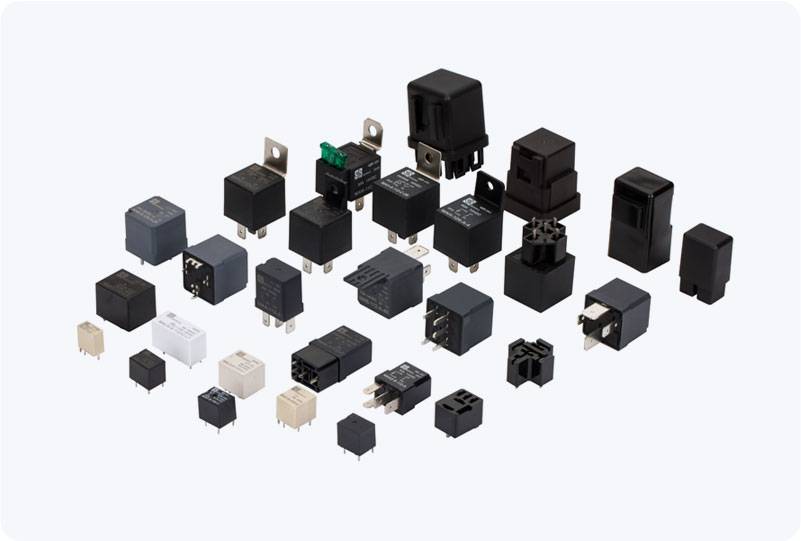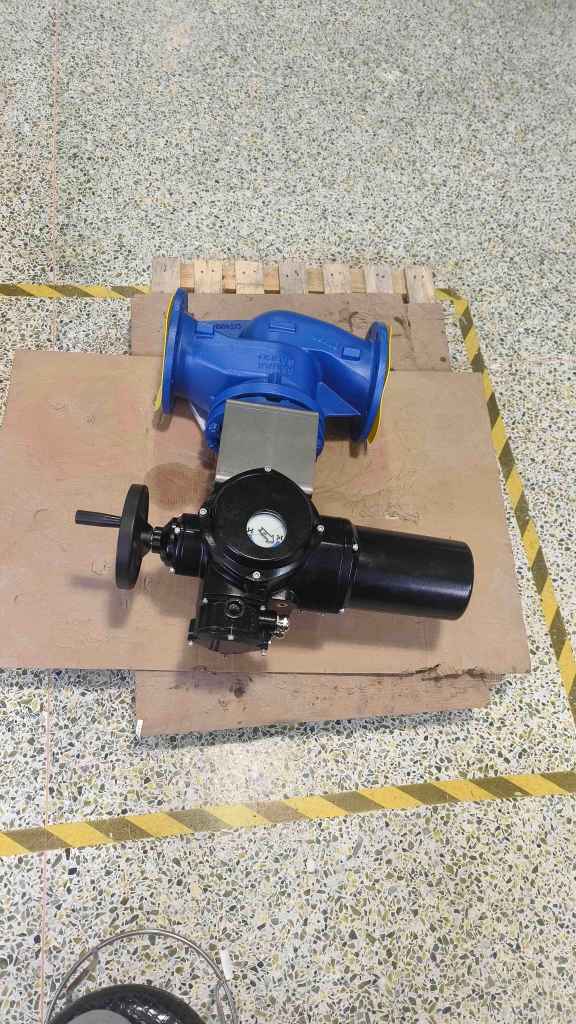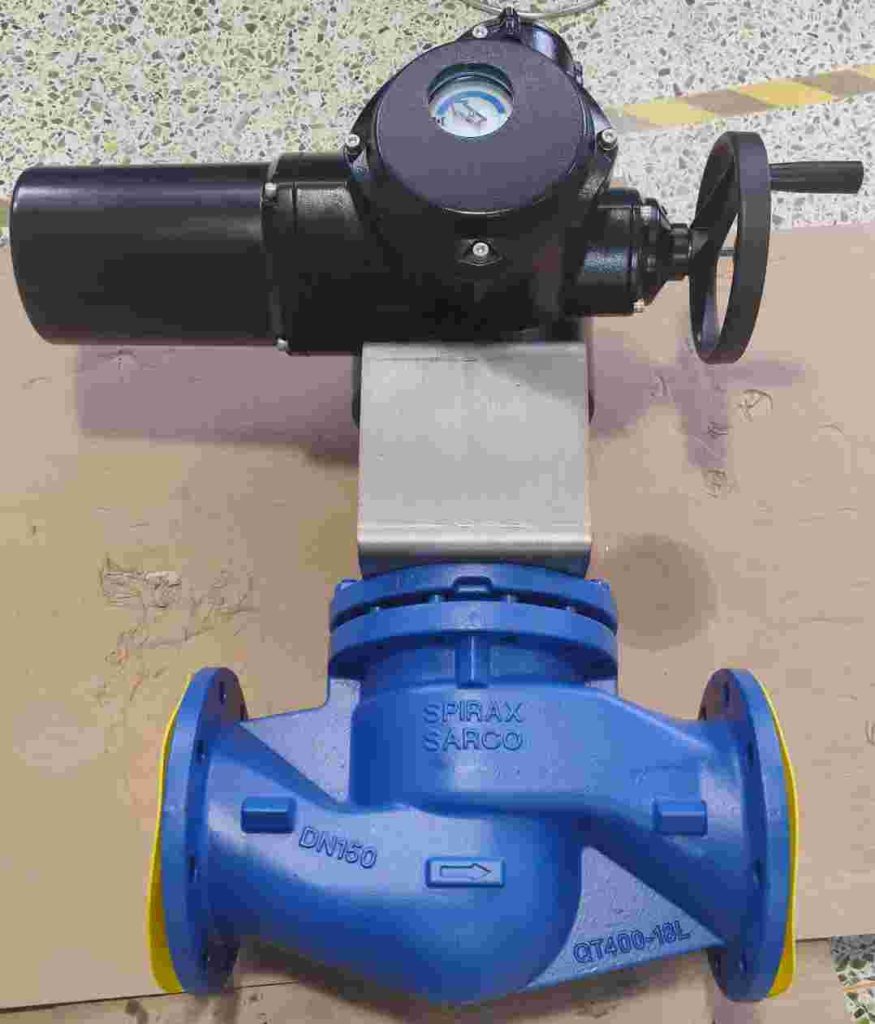Smart Communication Relay with AI: Revolutionizing Communication Networks
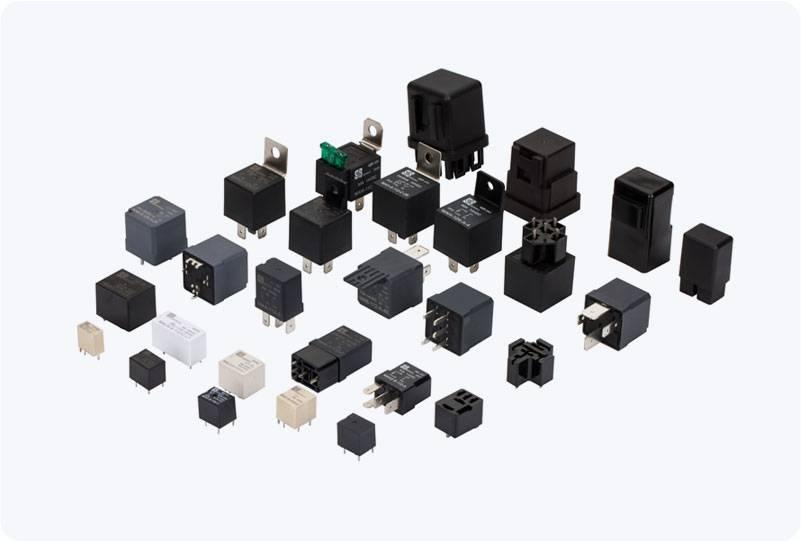
In today’s fast-evolving technological landscape, the need for more efficient, reliable, and adaptive communication networks is crucial. One of the innovations at the forefront of this transformation is the integration of artificial intelligence (AI) with communication relays, leading to the development of “Smart Communication Relay with AI.” This technology leverages the power of AI to optimize and enhance communication systems, particularly in environments that require real-time decision-making, scalability, and robust security. The fusion of these two technologies is driving major advancements in various industries, from telecommunications to autonomous systems, making communication smarter, faster, and more reliable.




